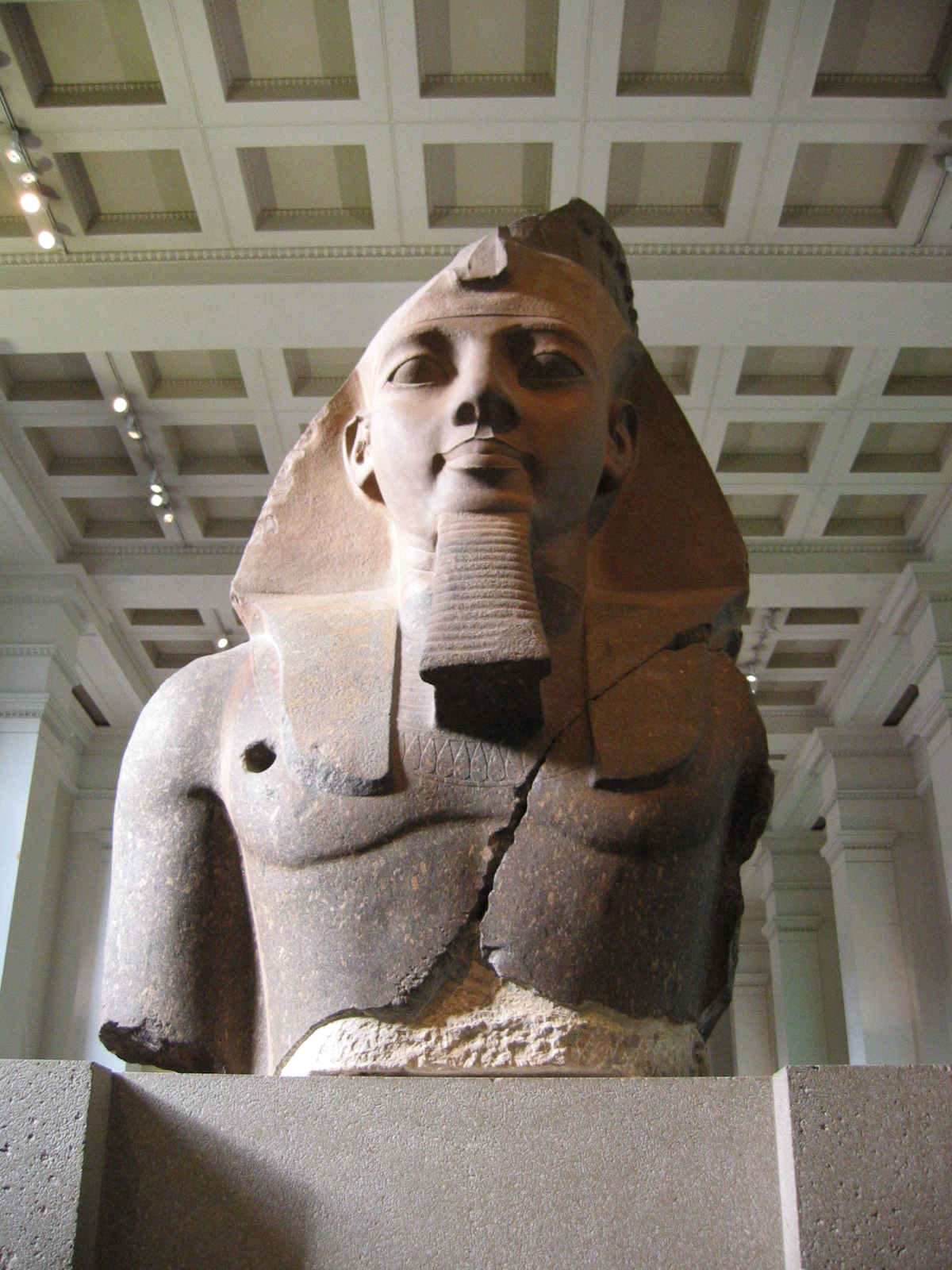I met a traveller from an antique land
Who said: Two vast and trunkless legs of stone
Stand in the desert. Near them, on the sand,
Half sunk, a shattered visage lies, whose frown
And wrinkled lip, and sneer of cold command
Tell that its sculptor well those passions read
Which yet survive, stamped on these lifeless things,
The hand that mocked them and the heart that fed.
And on the pedestal these words appear:
"My name is Ozymandias, king of kings:
Look on my works, ye Mighty, and despair!"
Nothing beside remains. Round the decay
Of that colossal wreck, boundless and bare
The lone and level sands stretch far away.
-Percy Bysshe Shelley
 "Ozymandias" is a sonnet by Percy Bysshe Shelley, published in 1818.It is frequently anthologized and is probably Shelley's most famous short poem. It was written in competition with his friend Horace Smith, who wrote another sonnet entitled "Ozymandias".
"Ozymandias" is a sonnet by Percy Bysshe Shelley, published in 1818.It is frequently anthologized and is probably Shelley's most famous short poem. It was written in competition with his friend Horace Smith, who wrote another sonnet entitled "Ozymandias".The central theme of "Ozymandias" is the inevitable decline of all leaders, and of the empires they build, however mighty in their own time.
Ozymandias was another name for Ramesses the Great,Pharaoh of the 19th Century of ancient Egypt.
The sonnet paraphrases the inscription on the base of the statue, given by Diodurus Siculus in his Bibliotheca historica as "King of Kings am I, Osymandias. If anyone would know how great I am and where I lie, let him surpass one of my works."
Percy Shelley apparently wrote this in competition with his friend Horace Smith, as Smith published a sonnet a month after Shelley's in the same magazine. It takes the same subject, tells the same story, and makes the same moral point. It was originally published under the same title as Shelley's verse; but in later collections Smith retitled it "On A Stupendous Leg of Granite, Discovered Standing by Itself in the Deserts of Egypt, with the Inscription Inserted Below".
In Egypt's sandy silence, all alone,
Stands a gigantic Leg, which far off throws
The only shadow that the Desert knows:
"I am great OZYMANDIAS," saith the stone,
"The King of Kings; this mighty City shows
"The wonders of my hand." The City's gone,
Nought but the Leg remaining to disclose
The site of this forgotten Babylon.
We wonder, and some Hunter may express
Wonder like ours, when thro' the wilderness
Where London stood, holding the Wolf in chace,
He meets some fragments huge, and stops to guess
What powerful but unrecorded race
Once dwelt in that annihilated place.
-Horace Smith





0 comments:
Post a Comment